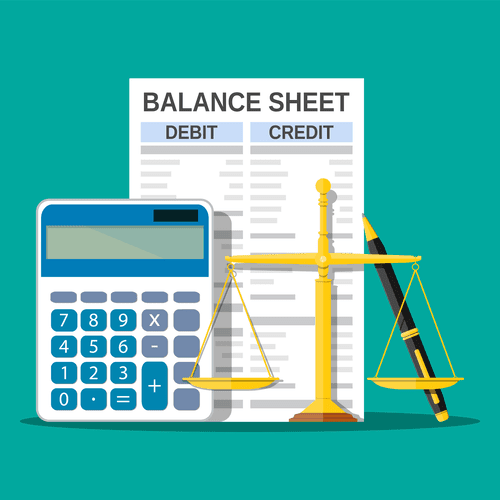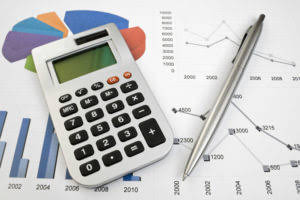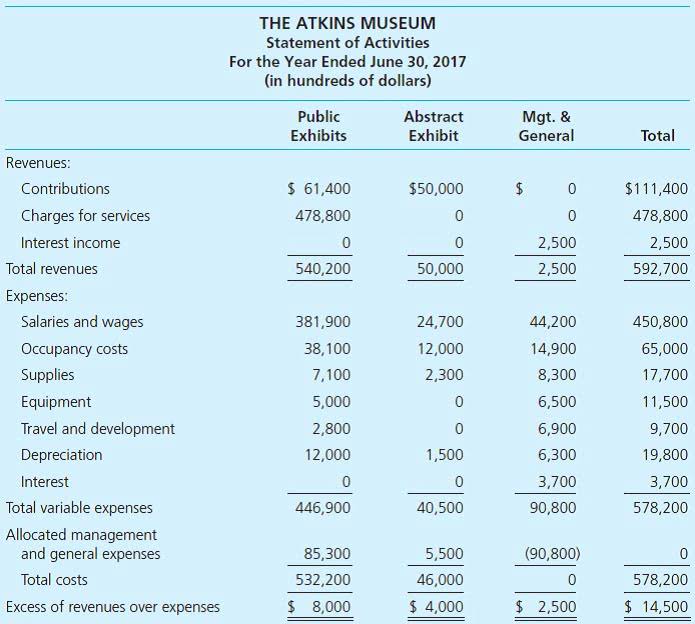
Under FIFO, the oldest inventory (first purchased) is sold first, while newer inventory remains in stock. This method assumes that earlier costs are matched with revenue, often resulting in lower COGS and Accounting For Architects higher profits during inflationary periods since older, cheaper inventory is recorded as sold. It provides a more accurate reflection of inventory value on the balance sheet but may lead to higher taxes due to increased reported profits. The concept of Enterprise Value is fundamentally tied to the understanding that when acquiring a company, the buyer assumes both the company’s assets and its liabilities. In essence, Enterprise Value provides a more complete picture of a company’s worth than market capitalization alone. Taking a market approach to valuing a business means identifying similar businesses and their recent sales prices.

Factors to Consider When Using Business Valuation Formulas

Try our accounting module to calculate the petty cash costs of goods sold with some clicks. The ending inventory is the value of unsold goods remaining at the end of the period. Businesses usually conduct a physical inventory count or use accounting records to determine this amount.
- If your business has a lot of assets, such as property or land, the negative goodwill can occur.
- I’m confident that these methods will be really useful for you when you start valuing your business.
- It allows for a valuation rooted in real-world transactions and market trends.
- It’s also a good way to value a company if you want to compare it to other companies in the same industry.
- We confirm enrollment eligibility within one week of your application for CORe and three weeks for CLIMB.
Times Interest Earned Ratio (Interest Coverage Ratio): The Complete Guide to Measuring Debt Servicing Capability
- In general, try to use more than one method to get the most accurate depiction of your business value.
- Some of this risk can be managed by the exiting owner remaining on in a transitional capacity for a period of time following the sale.
- It will fluctuate as the price of shares rises and falls and it depends on how many outstanding shares a company currently has.
- You can either value the business on your own (with the assistance of your accountants and attorneys), or you can hire a professional appraiser or business broker.
- It’s also good to know so you can set a baseline and track your business’s change in value.
Experts will examine its assets and liabilities, cash flows, earnings, or other metrics to determine the company’s market value. If you’re a business owner looking to sell your company, you should use more than one of the valuation methods to determine your company’s worth before putting it up for sale. The discounted cash flow valuation formula is a good way to value a company if you’re looking at exiting business ownership or a prospective buyer is investing for the long term. Discounted cash flow analysis is the process of estimating the value of a company or investment based on the money, or cash flows, it’s expected to generate in the future. Discounted cash flow analysis calculates the present value of future cash flows based on the discount rate and time period of analysis. One major drawback of the market-based approach is that it is overly reliant on data, and that the quality and quantity of that data is not sufficient, particularly when valuing small businesses.
Automate COGS With Enerpize

Specializing in commercial real estate and small business financing, Lauren has helped diverse borrowers navigate financial solutions. With LIFO, the newest inventory (last purchased) is sold first, while older inventory remains in stock. This results in higher COGS and lower profits when prices are rising, which can provide tax benefits by reducing taxable income. The cost of goods sold (COGS) includes direct expenses involved in producing or purchasing goods, but it excludes indirect costs related to operations, marketing, and administration. You can improve this by charging higher prices or reducing the cost of delivering your product or service. However, you must balance this against customer satisfaction—the value you provide users.
How to Pick the Right Valuation Method?

Applying asset valuation is generally more realistic if your company has a large number of assets and/or its long-term revenue generating capabilities are limited. Small changes in assumptions, such as growth rates or risk premiums, can lead to vastly different results, underscoring the importance of reliable data. Many valuation inputs, such as the capitalization rate or comparable multiples, involve subjective judgments. These inputs can vary significantly based on the perspective of the evaluator, potentially leading to inconsistent results. This method is particularly well-suited for businesses with stable, predictable revenue streams, such as established companies in manufacturing, utilities, and other mature industries.

Sign up to receive more well-researched small business articles business valuation formula and topics in your inbox, personalized for you.
